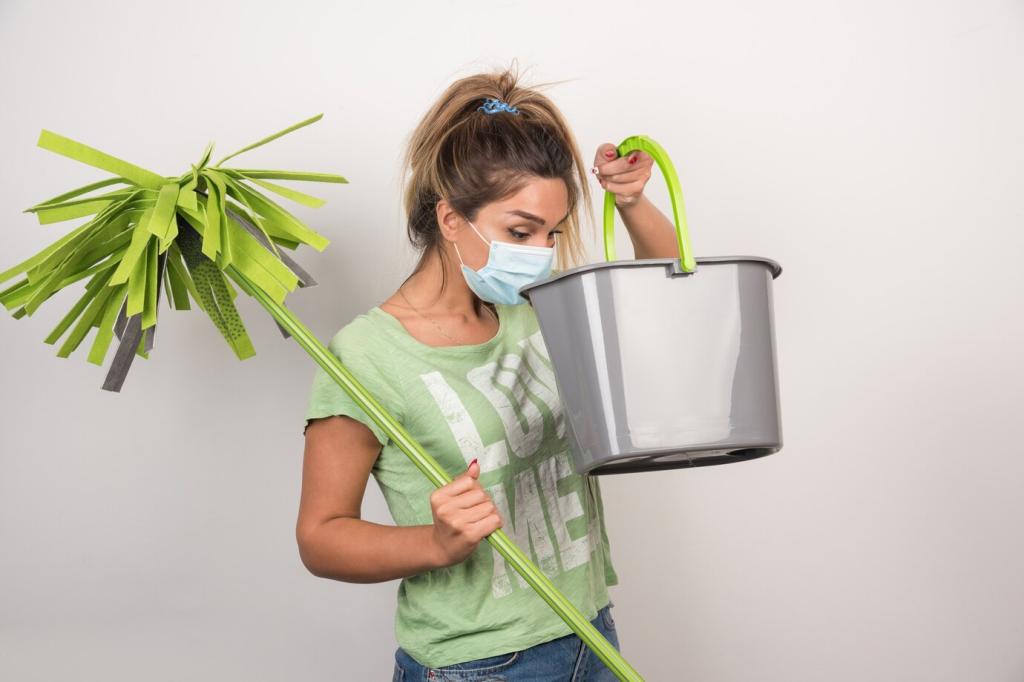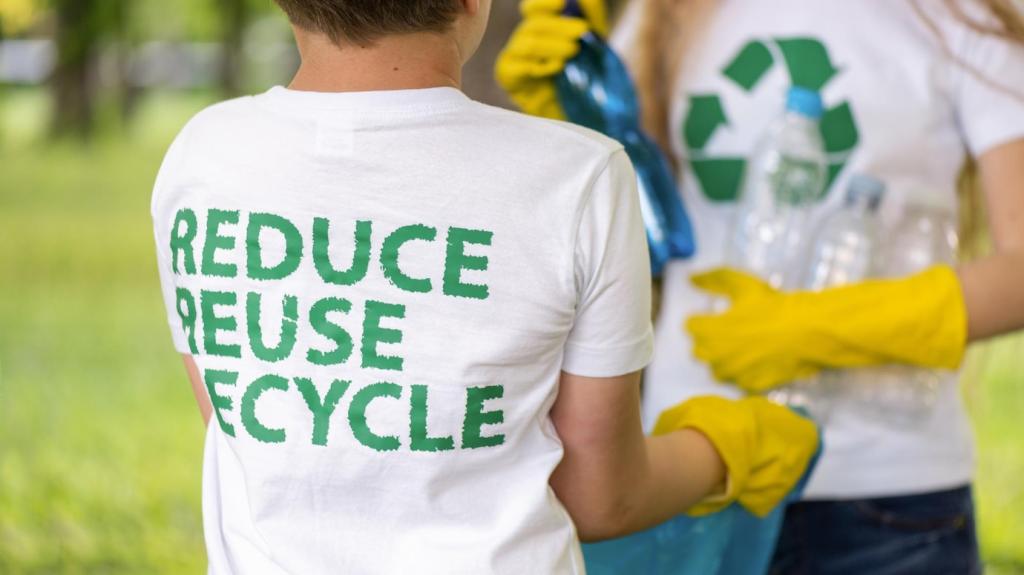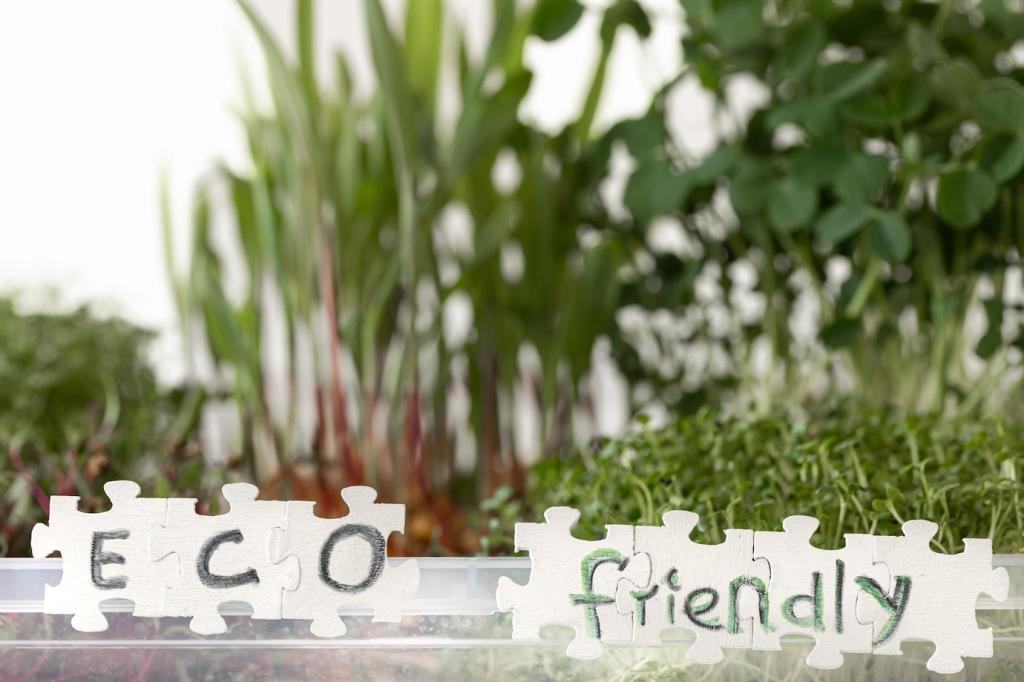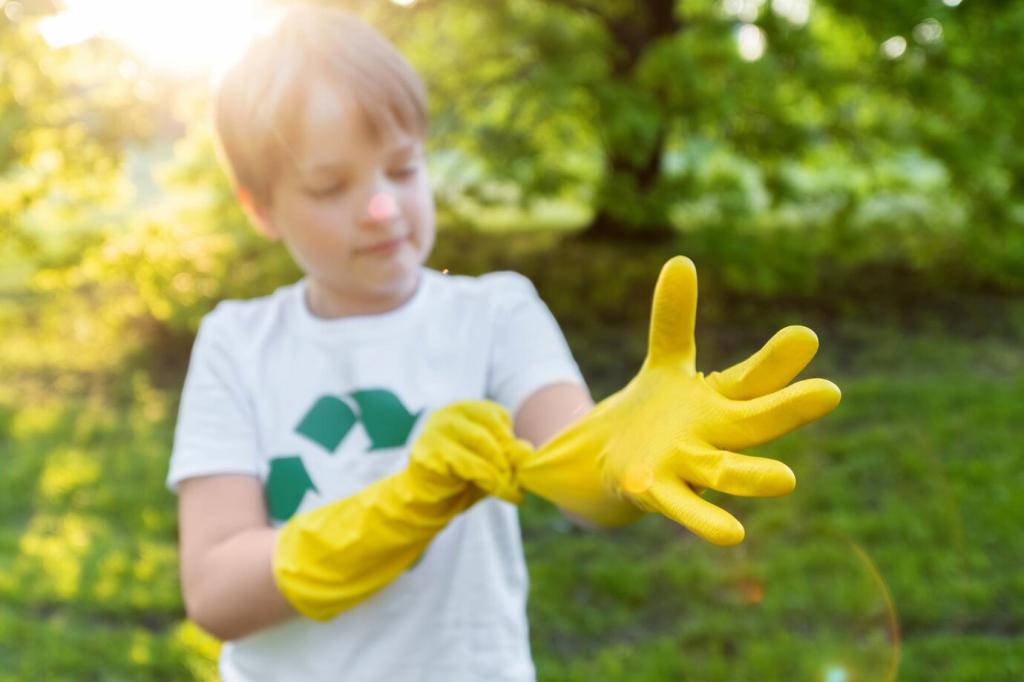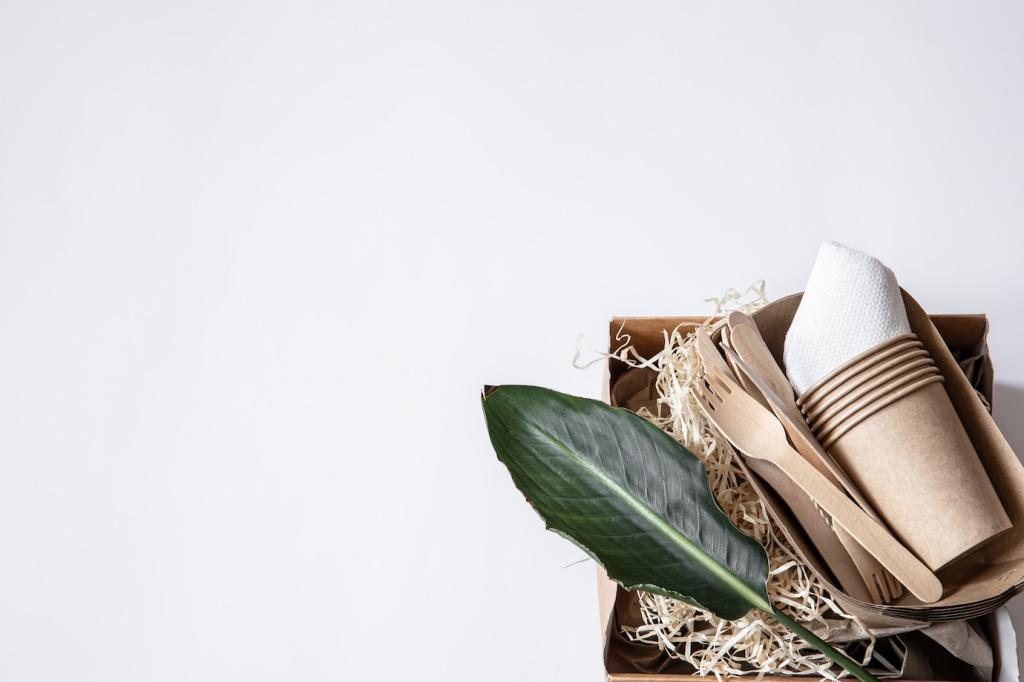Understanding Natural Waxes and Oils
Carnauba, candelilla, and soy waxes provide sturdy, vegan-friendly protection, while beeswax lends a warm glow and gentle water resistance. Choose plant waxes for a harder, glossier finish, or beeswax for a softer sheen—and always verify harvesting practices for ethical sourcing.
Understanding Natural Waxes and Oils
Jojoba oil resists rancidity and mimics wood’s natural conditioners, while fractionated coconut oil stays liquid and stable across seasons. Walnut oil polymerizes into a subtle film, but consider nut allergies. Match oil viscosity to wood density for even absorption and minimal residue.
Understanding Natural Waxes and Oils
Steam-distilled essential oils like lemon and sweet orange add a clean scent, but use them sparingly to reduce sensitization risks. Seek products labeled low-VOC or unscented, and remember that pure citrus oils can soften some finishes—always patch test in a hidden area first.
Understanding Natural Waxes and Oils
Lorem ipsum dolor sit amet, consectetur adipiscing elit. Ut elit tellus, luctus nec ullamcorper mattis, pulvinar dapibus leo.

